Announcing the Lawrence Jordan Digital Collection
Posted June 24th, 2024 in Announcements, New Acquisitions, New Digital Files, New Films, News / Events

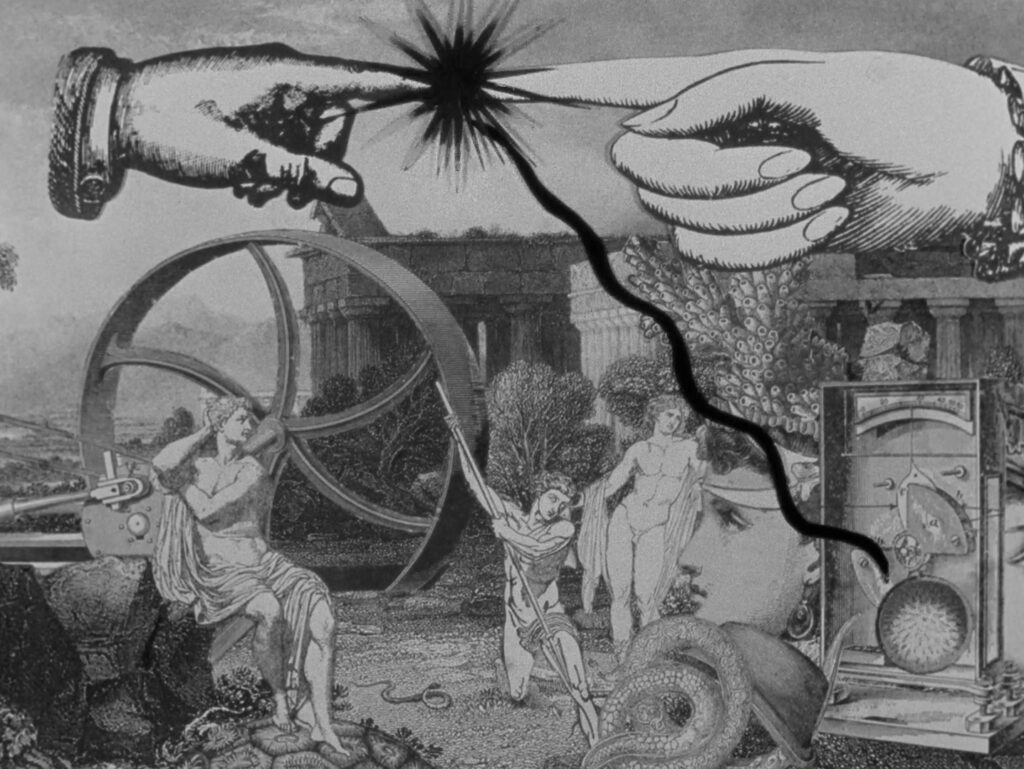
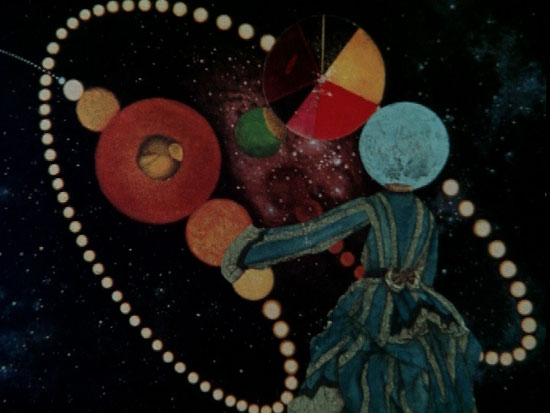

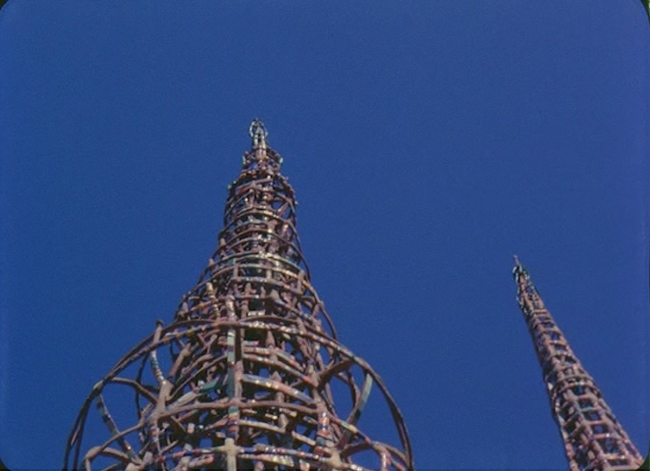
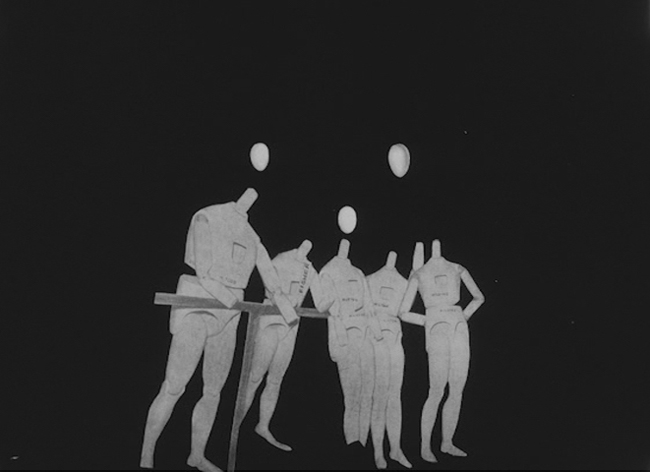


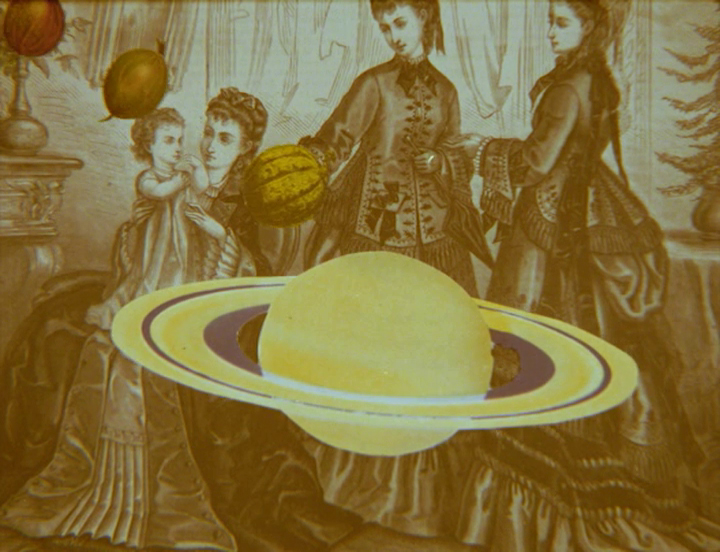

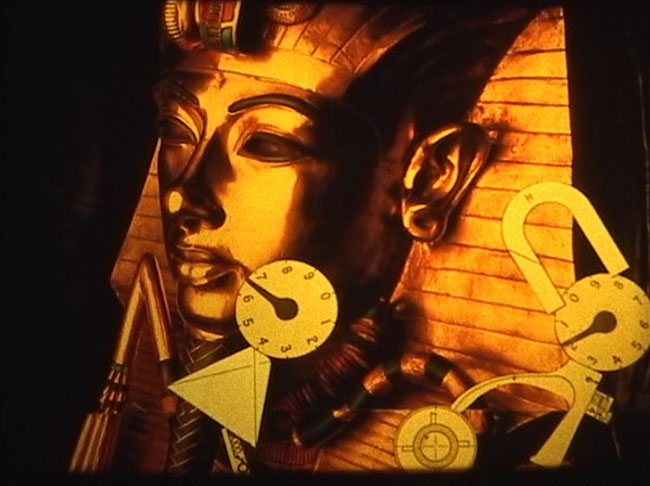
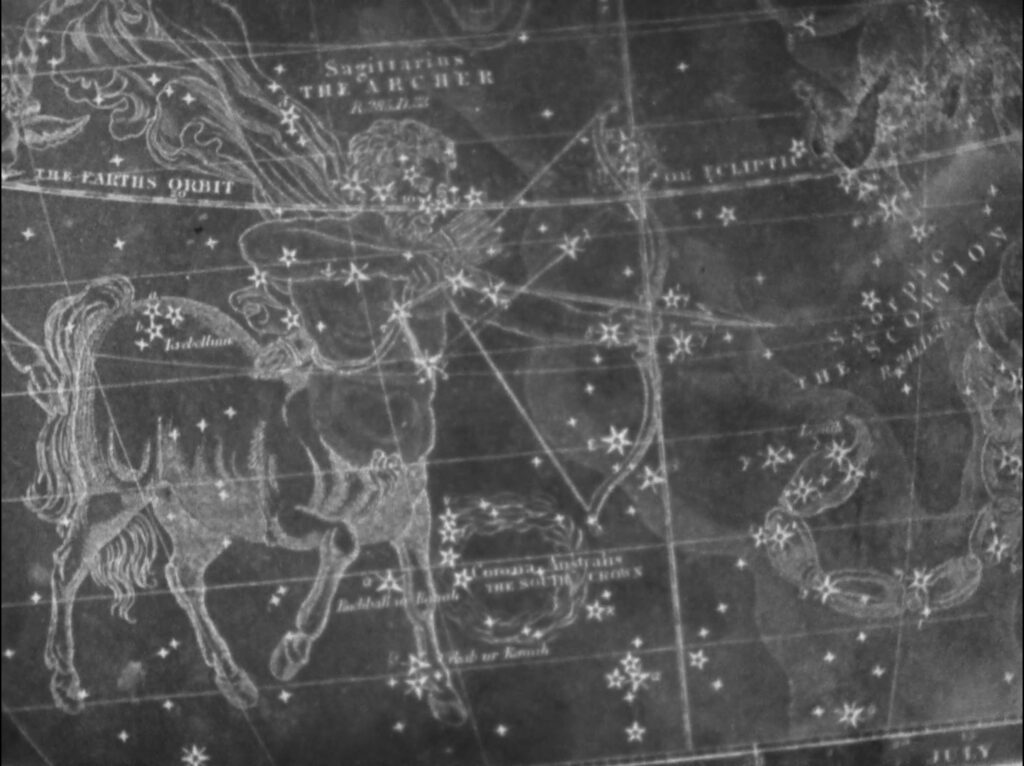



Canyon Cinema is pleased to announce the acquisition of 43 digital files by founding co-op member Lawrence Jordan. Included within this major new deposit – spanning eight decades of work – are many new digitizations as well as three recently completed films, available in both 16mm and digital formats: Hommage, Fairytale, and Reve d’Or. Canyon’s Lawrence Jordan Digital Collection now includes 71 films in all, which represents nearly the entire output of Jordan’s filmmaking career, “ranging from dynamic live action expeditions through peyote farms and cityscapes, to his iconically dreamlike stop-motion collage animations” (Zena Grey, Lightstruck).
Described by the San Francisco Chronicle as “one of the most prolific and accomplished stalwarts of the Bay Area independent film community,” Lawrence Jordan (b. 1934) played an important role in the late 1950s and early 1960s San Francisco art scene. Known principally as a maverick spirit in the world of avant-garde American cinema, Jordan has made over 70 experimental films, including numerous fanciful, filmic animations made from collaged cut-outs of Victorian engravings. The animations extend dreamlike imagery of collaged landscapes into a cinematic realm of transformation and free-form symbolism. Jordan seeks to delve into the deep structures and Jungian connotations of the mythological images his films reference. His alchemical approach to imagery creates what he has called the “theater of the mind, which you construct. That is the Underworld… the realm of the imagination. You have to have a place to work with images.”
In addition, Jordan founded the film department of the San Francisco Art Institute in 1969 and taught there for over 30 years. He has also made his own box assemblages in Joseph Cornell’s lyrically evocative style since the mid-1960s. Many feature ingenious mechanical and kinetic effects. He continues to make films and box collages at his home and studio in Petaluma where he has lived since 1978.
For a complete listing of the Lawrence Jordan films in distribution at Canyon, see: https://canyoncinema.com/catalog/filmmaker/?i=170

Hommage (2024, 4 minutes, color, sound, 16mm or digital file)
The homage is to Eric Satie, whose surrealistic music I have loved all my adult life. It floats above some of my animated work, including this short film. There is a serene atmosphere, which does not overwhelm the moving visuals. And yet I feel there is an opening where anything can happen. As the boy reads to his grandfather, we see the story unfold: First, Cyrus, entering a conquered city, and Moses destroying the golden calf. Later, we see Sennacherib sane slain by his sons, and Samson betrayed. We see Agag slain and David feigning madness. Saul dies, and finally we see the death of Abel, slain by his brother Cane, whence sprang the races of Arabs and Jews, who have been at war ever since. (LJ)
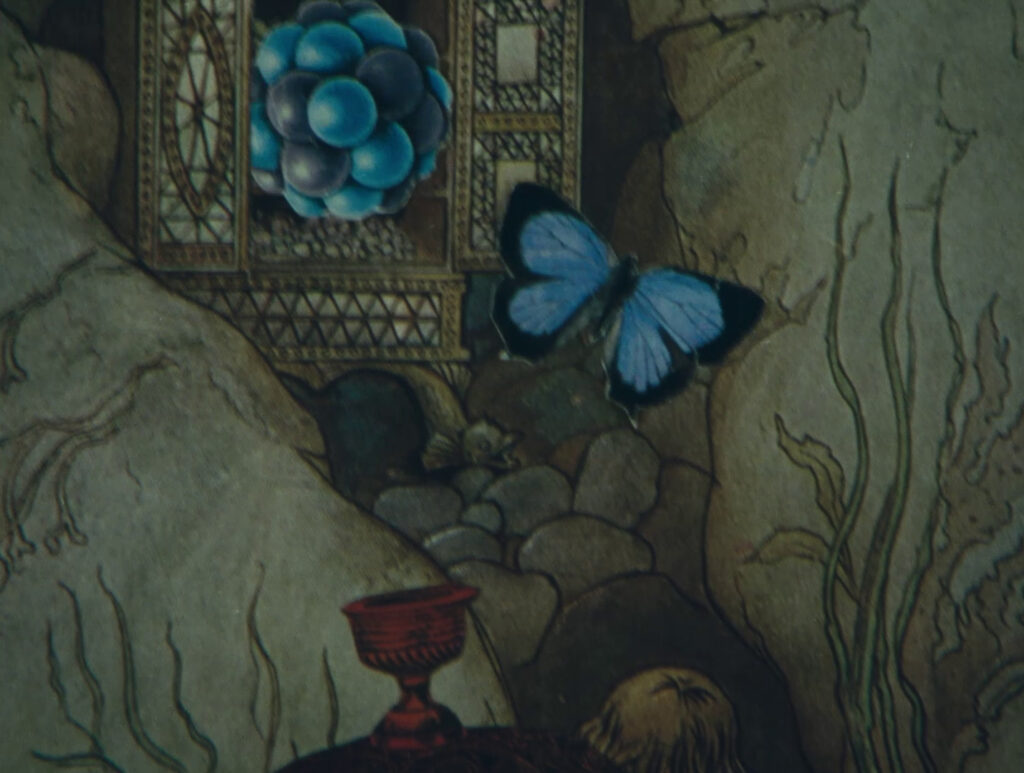
Fairytale (2023, 3.5 minutes, color, sound, 16mm or digital file)
As John Davis’s music points out, “fairytale” is a semi-ominous/semi-mysterious conjuring of the long ago, and far away, as rendered in the illustrations for Kingsley’s Water Babies (1863). There are no cardboard witches or villains (This is not a Disney thing), only a spirit of the frozen north. The central character is the water baby, who is an inactive watcher of the action. And the action portrays whatever leaps into the viewer’s mind. (LJ)
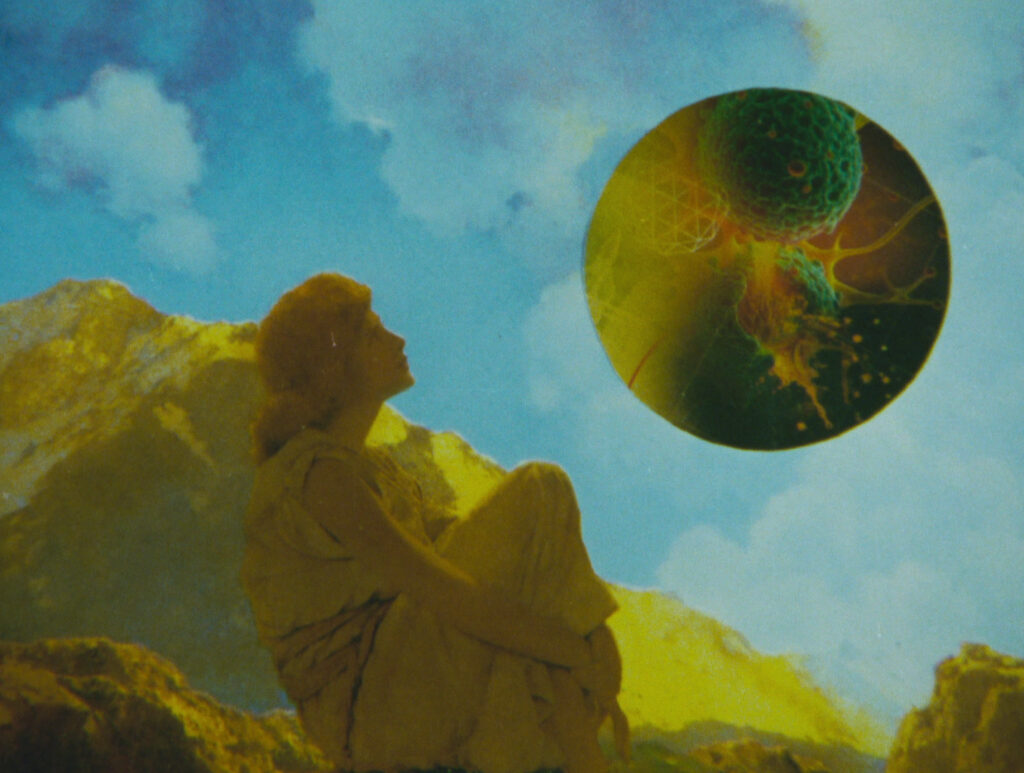
Reve d’Or (2023, 4 minutes, color, sound, 16mm or digital file)
In 1894 a young Frenchman named Pierre Louys, a Greek scholar, published a volume of prose poems, titled Songs of Bilitis, Bilitis being an imaginary Greek poet of his own concoction. Coincidentally, the track I chose to accompany my film is titled simply “Bilitis.” I cannot guarantee that the lyrics below, sung by Sarah Brightman are these, but again coincidentally they are from Louys’s prose poem, titled “Bilitis”: “One woman envelops her self in White wool. Another covers her self with flowers, with green leaves, and with grapes. As for me, I live only when I am naked. My lover takes me as I am, without robe or jewels, or sandals. Here is Bilitis, quite alone.” We are presented on the screen with a sequence of Arcadian images, the intent of which is to raise consciousness one full octave, and to give the viewer a strong hint that a stream of brightness runs through the universe. One morning, when spring was breaking in the trees, I had a euphoric sensation, looking into the sky: a golden dream (Reve d’Or in French, the name of one of my roses, climbing in the persimmon tree.) I set about finding images which I believed portrayed this feeling. This short film, is the result. (LJ)


